How to Faux Marble Your Bathroom Countertop

by
Denise Hardy
(IC: homeowner)
11 Materials
Do you ever think to yourself that you would like to change your Bathroom Countertop, but at that time you can't afford to spend a lot of money on replacing marble, or you just don't want to spend that amount of money? Then, why not do it yourself? It is quite easy but you do need to practice quite a lot to get the effect - so try on a piece of board or something . I am going to give you a little advice to help you along the way.
You will see in the first picture of how the bathroom unit was before any work was done.
I then I decided to make my first change, by painting the unit with Annie Sloan's Pure white and added a bit of French word stencilling on the front.
You will see at that time I didn't do any Faux marbling on the countertop.
About 6 months later I decided to change the countertop and do some faux marbling. Sorry, but I do not have any pictures of each individual stage.
After about 6 months I decided to change the countertop and did a faux marble. I mixed three glazes and used a darker grey and also mixed some with white for a lighter grey and a black. You only need to mix a little of these three colours as it goes a long way. I use Artists acrylic paint. Also add a little water to the mixes as you don't need your glaze too thick.
How to Faux Marble
1. Sand surface smooth with medium/fine grit sandpaper. Remove dust and grit with a tack cloth or damp rag. Use two coats of primer over the surface and let it dry overnight
2. Roll on one coat of white eggshell. Let it dry overnight. Apply 2 coats, making sure each coat is dry thoroughly before applying the next. Slightly sand down between coats, then you can proceed to the veining.
Use the sea sponge and dab in a diagonal direction just here and there, not all over. Use your softening brush by going over it very lightly, this will help send the paint into the background.
To help make veining easier you could buy a small marble tile. It will help you better visualize what the veins really look like. Veins in marble usually run on a diagonal.
3. The veining is created by using a feather. I bought my feathers at the craft store, but you may find one out in nature to use.
4. You need to mix three colours using the clear glaze and a little water. I used black, dark grey and white. This is so you can mix different coloured greys, plus you can use them separately. The texture needs to be like cream. Dip the tip of the feather into the lighter grey paint and then draw a diagonal line with the tip of the feather moving it on its side and back and forth as you draw the line. You don’t want it to be a solid line, the more variation you can give each vein in color and width – the more realistic it will look.
5. After you make a few veins – hold a spray or misting bottle of water about 12” away from the surface and very very lightly spray water on top of the veining. This will blur each line, spray a bit more on a few areas to achieve larger sections of blurred grey. If necessary, blot excess water with the sea sponge to fix mistakes or to spread out an area of veining. If you want to spread the glaze a bit to soften a vein, go over it with the Softener brush. Gently dab it up and down over any area that needs softening.
6. Use the darker color of paint to accent the veins you have already made. Using the mixes, vary the shades and width of each vein. Mist with water and let dry.
Remember to continue the veining down and around the sides of the piece you are working on so the top looks like a slab of marble. When you have all the veins and accent veins completed, let it dry.
7. If you look at marble carefully you will see it has some splotchy spots in some areas. To achieve this, dip a toothbrush into the mixes of glaze. Move your thumb over the loaded brush to create some paint splotches over some of the veins and white areas. Let it dry overnight.
8. Run very fine sandpaper over the top to ensure that the veins and splotches are not raised in any area. Remove sanding grit with a tack cloth.
9. Finally put 3 or 4 coats of the polyvine varnish on to add a nice sheen and to protect your lovely work. Let each coat dry well before adding the next and hey presto you have a beautiful Faux Carrera Marble Effect.
If you need any further information, then please go to my website http://www.decorativeideas.co.uk
Enjoyed the project?
Resources for this project:
See all materials
Any price and availability information displayed on [relevant Amazon Site(s), as applicable] at the time of purchase will apply to the purchase of this product.
Hometalk may collect a small share of sales from the links on this page.More info
Published May 30th, 2017 9:30 AM
Comments
Join the conversation
2 of 375 comments
-
-
 Dmholt4391
on Sep 26, 2022
Dmholt4391
on Sep 26, 2022
Gorgeous! Great job. I'm 'saving'. :)
-



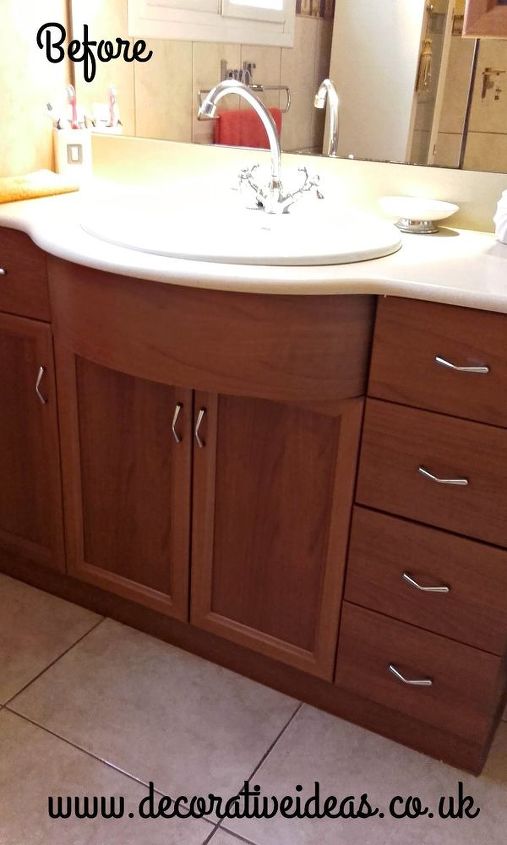





















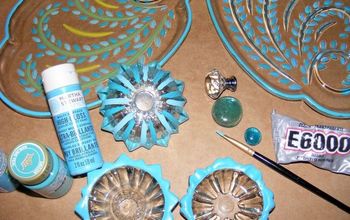
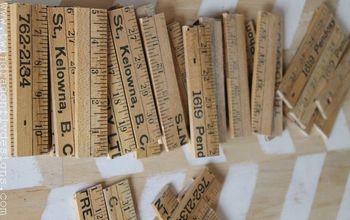



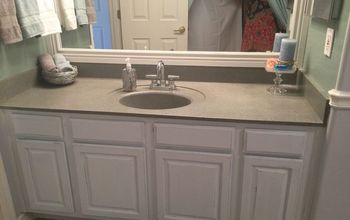
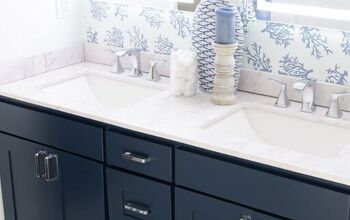
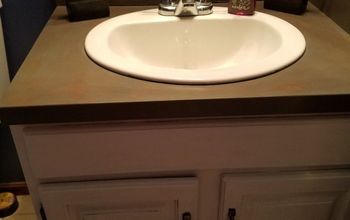
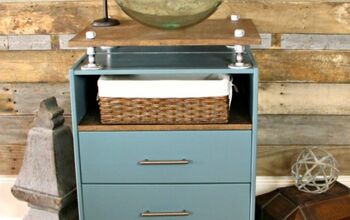
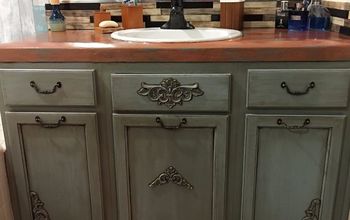
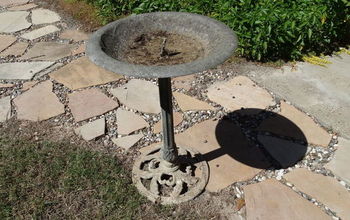
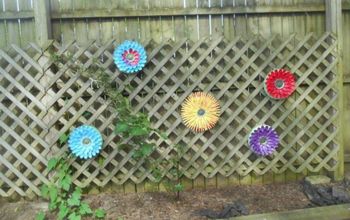
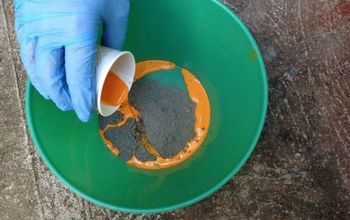
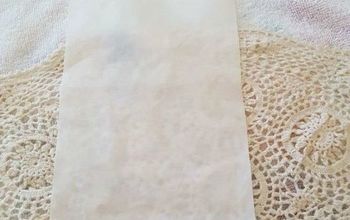
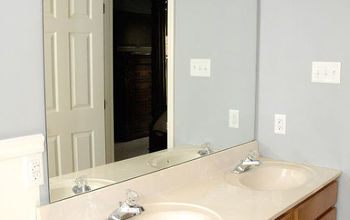
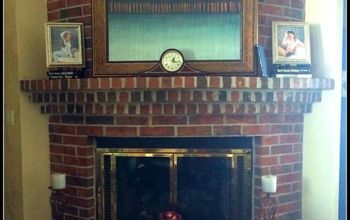
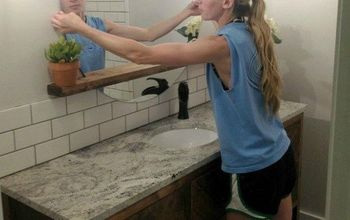
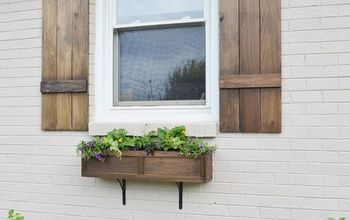
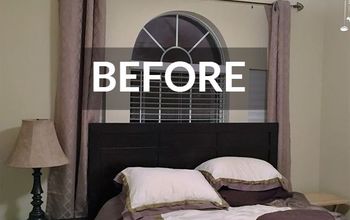
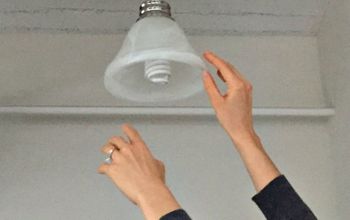
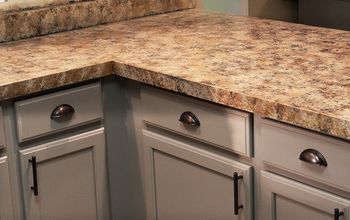
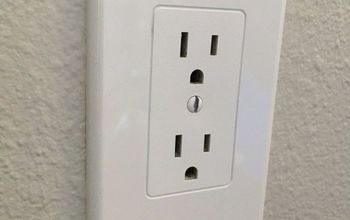
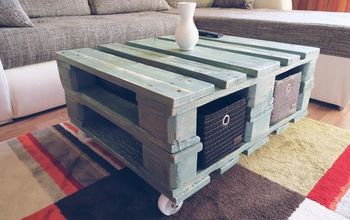
Frequently asked questions
Have a question about this project?
What was to begin with?
Thanks
Donna
Can I do this on my sink too??
Love the countertop! I purchased Sax True Clear Glaze and I just read that this glaze can only be used on ceramics can I use this on the countertop mixed with acrylic paint? Thank you.